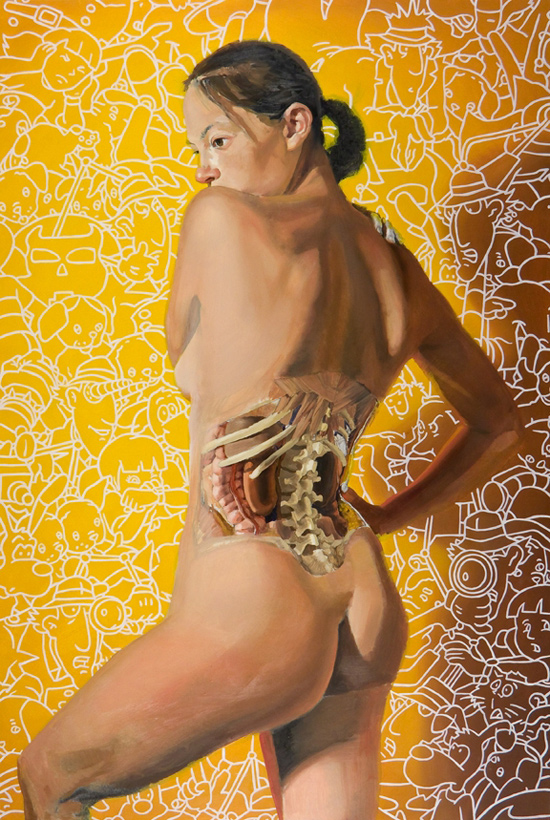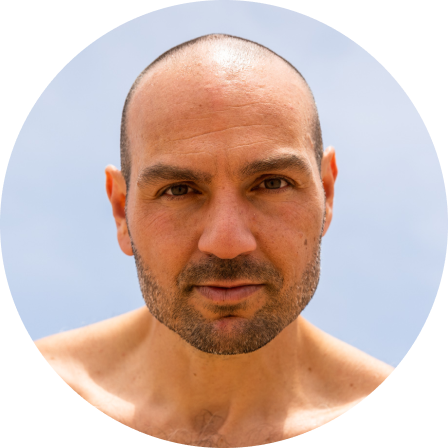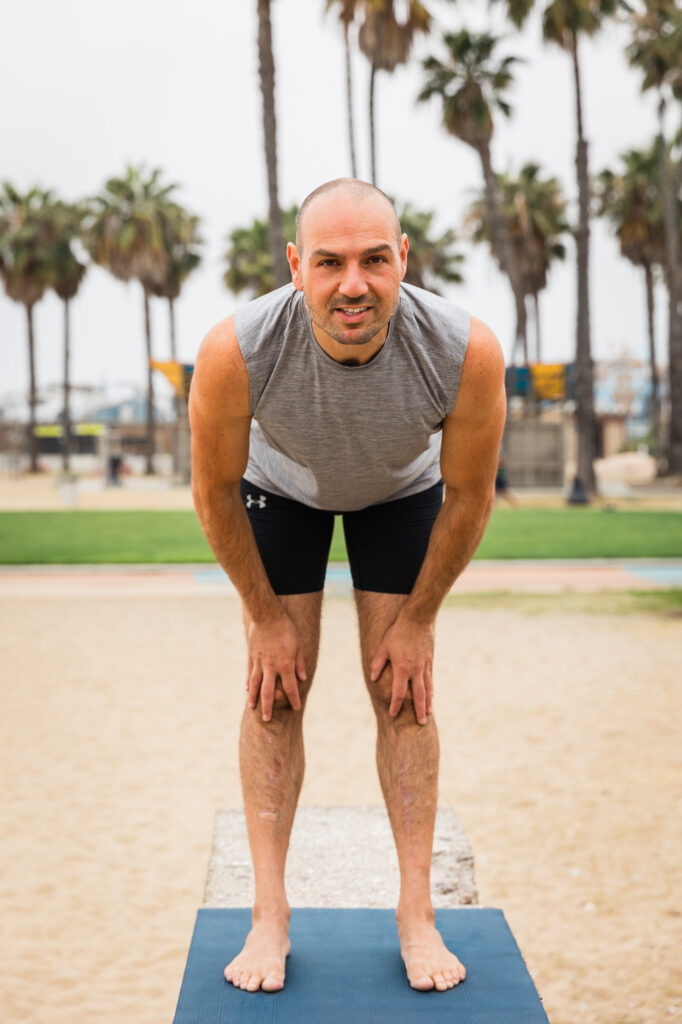Connective Tissue Basics

Connective Tissue is the most diverse and abundant tissue type. Connective tissue makes up a variety of physical structures including, tendons, blood, cartilage, bone, adipose tissue, and lymphatic tissue.
Main classes of connective tissue
- Connective tissue proper
- Cartilage
- Bone
- Blood
Connective tissue has relatively few cells separated by a large amount of extracellular matrix (as opposed to epithelial tissue which exhibits high cellularity). The matrix of blood is not fibrous though and is the plasma.
All have a common embryonic origin known as mesenchyme. Mesenchyme’s are undifferentiated loose connective tissue that are capable of developing into connective tissue, such as bone and cartilage.
The suffix -BLAST roughly means immature cell or tissue and is involved in making something, in this case, the matrix. Anything with a -cyte suffix means CELL and is maintaining or involved with the final product.
Cells in Connective Tissue (mostly secrete ECM)
- Fibroblasts are cells in connective tissue that make fibrous proteins and secrete the molecules that form ground substances and collagen.
- Chondroblasts secrete matrix in cartilage (to make chondrocytes).
- Osteoblasts secrete matrix in bone to help create bone.
- Blood cells don’t produce matrix. In blood, the ECM is plasma.
- Fat cells, white blood cells and mast cells may also be present in connective tissue.
Structural Elements of Connective Tissue
Extracellular Matrix = Ground substance that has a lot of sugar-proteins and large sugars. Extracellular matrix is composed of ground substance (ranges from gel-like to hard in texture) and protein fibers (collagen, reticular, elastic). It provides cushioning and protection such as the kidneys, which are surrounded by fat.
Protein fibers such as…
Collagen fibers: very strong, comparable to iron or steel but they are very tiny. These are the thickest and strongest of the 3 fibers.
Reticular fibers are found in organs that have lots of mesh-like internal structure. The spleen for example is full of these because it acts like a filter.
Elastic fibers stretch and recoil and contain a rubberlike protein called elastin.
Classification of connective tissues
- Loose connective tissue (areolar, adipose and reticular)
- Dense connective tissue (regular, irregular, elastic)
Three types of loose connective tissue
1. Areolar connective tissue is soft and gel like with some elasticity and holds interstitial fluid which carries and delivers nutrients or waste. It helps facilitate the passage of these molecules for the most part. This is also where so many of our defenses wait. Macrophages, mast cells and white blood cells gather here. It wraps and cushions organs and is widely distributed under epithelia of the body. This contains all 3 fiber types in its matrix secreted by fibroblasts.
2. Adipose (fat) tissue are required to protect your organs and help maintain your body temperature. For example, lots of this is found in woman’s breasts and under our skin.
3. Reticular connective tissue forms the soft internal skeleton of something. The spleen and lymphoid organs for example, is full of these because it acts like a filter that catches all sorts of things.
Three types of dense connective tissue
1. Dense regular connective tissue attaches muscle to bone and with the cells organized in one direction so that it pulls in one direction, like a tendon that connects to the bicep. It is made primarily of parallel collagen fibers, a few elastic fibers and the major cell type is the fibroblast.
2. Dense irregular connective tissue are like capsules for organs and joints that wrap around them. Irregular allows for movement in different directions, like the shoulder or under the skin or the fibrous capsule of an organ or joint. It’s made primarily of irregularly arranged collagen fibers, some elastic and the major cell type is the fibroblast.
3. Elastic connective tissue has the ability to receive a relatively large amount of blood all at once with a lot of pressure. The aorta for example has to expand and recoil RIGHT AWAY because the next heart beat is on the way. It’s just like a dense regular connective tissue but with a high proportion of elastic fibers instead.
Use this Table of Contents to go to the next article

YOU ARE HERE AT EPITHELIAL AND CT
YOU ARE HERE AT EPITHELIAL AND CT
Use this Table of Contents to go to the next article







